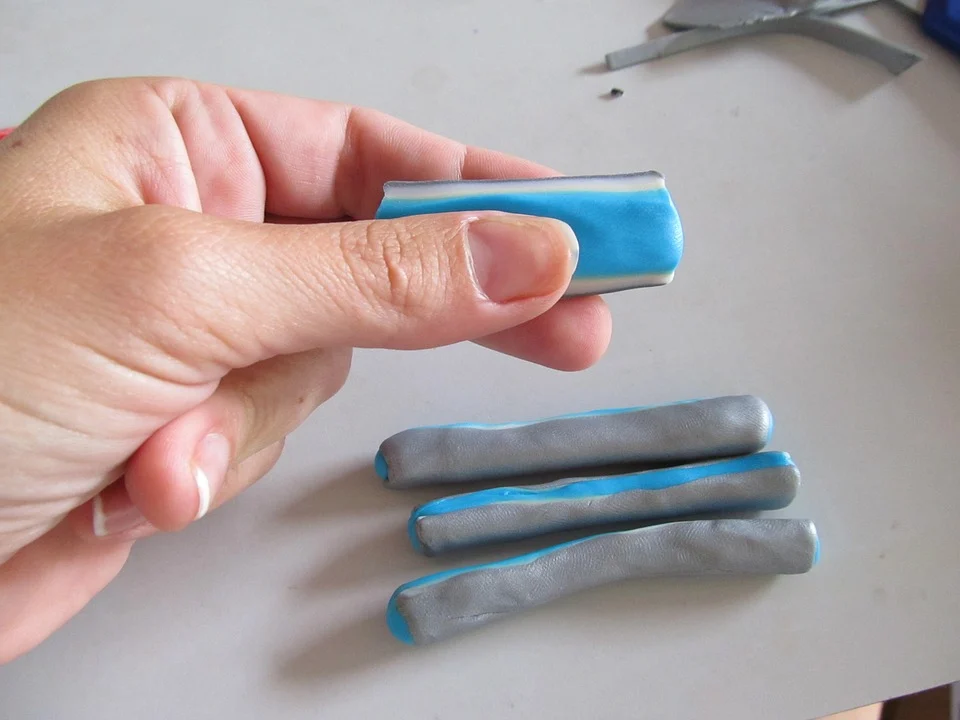In news
A team of Indian scientists have developed an environmentally friendly, non-toxic, biodegradable polymer using guar gum and chitosan, both of which are polysaccharides extracted from guar beans and shells of crab and shrimps.
Details
- The fabricated guar gum-chitosan film having high water stability, high mechanical strength, and excellent resistance to harsh environmental conditions can potentially be used in packaging applications.
- Polysaccharide is one of the biopolymers with high potential for use in synthesis of packaging material.
- The superior mechanical strength, water repellent properties, and resistance to harsh environmental conditions of the fabricated cross-linked guar gum-chitosan increase its potential of being used in packaging applications.
Challenges
Due to some drawbacks of polysaccharides, such as low mechanical properties, high water-solubility, and low barrier properties, they are not preferred.Solution
- In order to overcome these challenges of polysaccharide, Dr. Devasish Chowdhury, Associate Professor, and Sazzadur Rahman, Inspire Junior Research Fellow, fabricated a guar gum-chitosan composite film which is a cross-linked polysaccharide without using any plasticizer with the help of a method called the solution casting method (a simple technique to make polymer films).
- The fabricated biopolymer composite film had high water stability, high mechanical strength, and excellent resistance to harsh environmental conditions.
Findings of research
- The researchers found that the fabricated crosslinked film did not dissolve in water even after 240 hours.
- In addition, the mechanical strength of crosslinked guar gum-chitosan composite film was higher compared to general biopolymer (Biopolymer are known to possess poor strength).
- The cross-linked guar gum-chitosan composite film was also highly water repellent or hydrophobic due to its high contact angle of 92.8º.
- It had low water vapor permeability when compared with the film made only from chitosan.
Source: PIB





